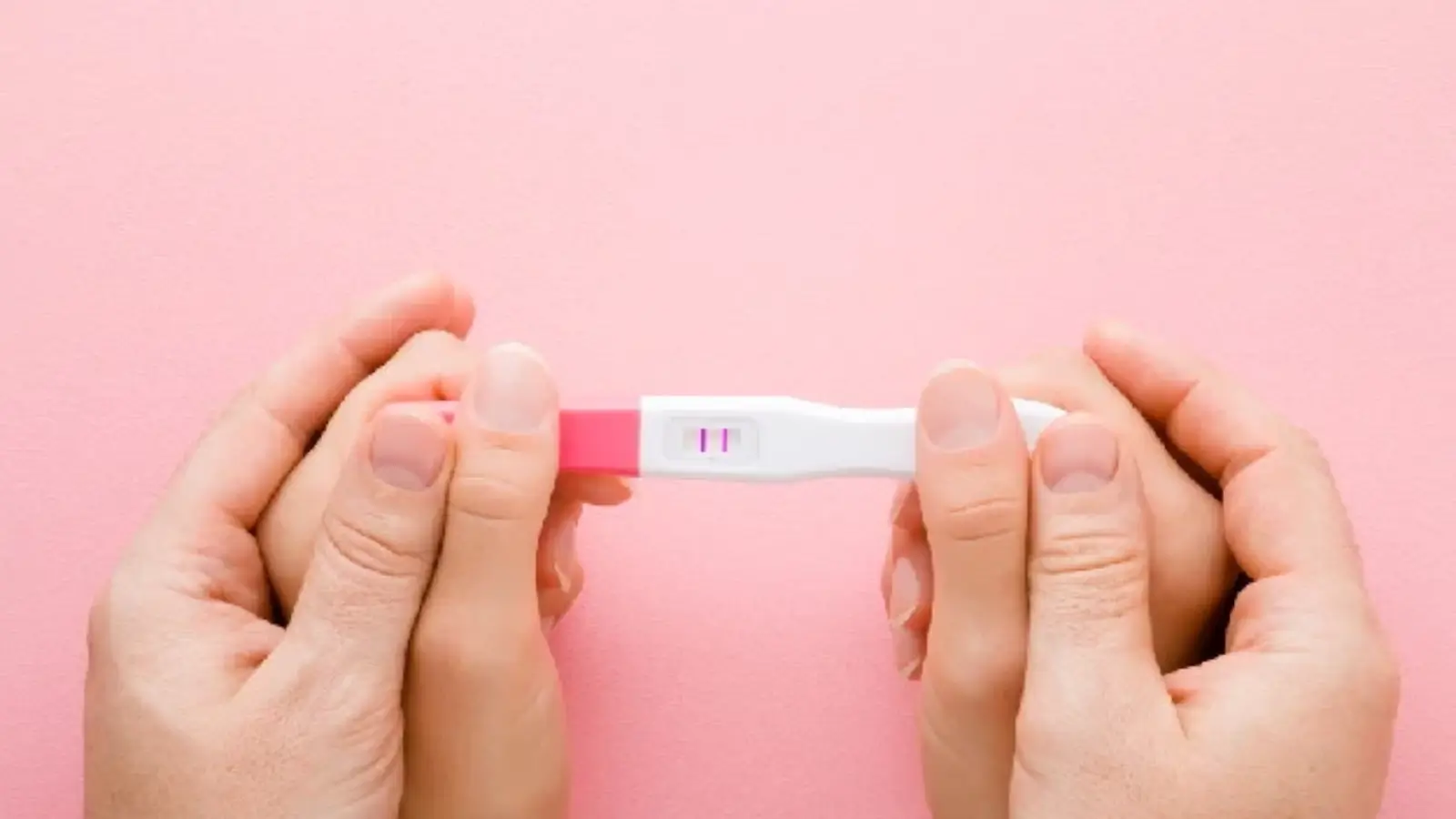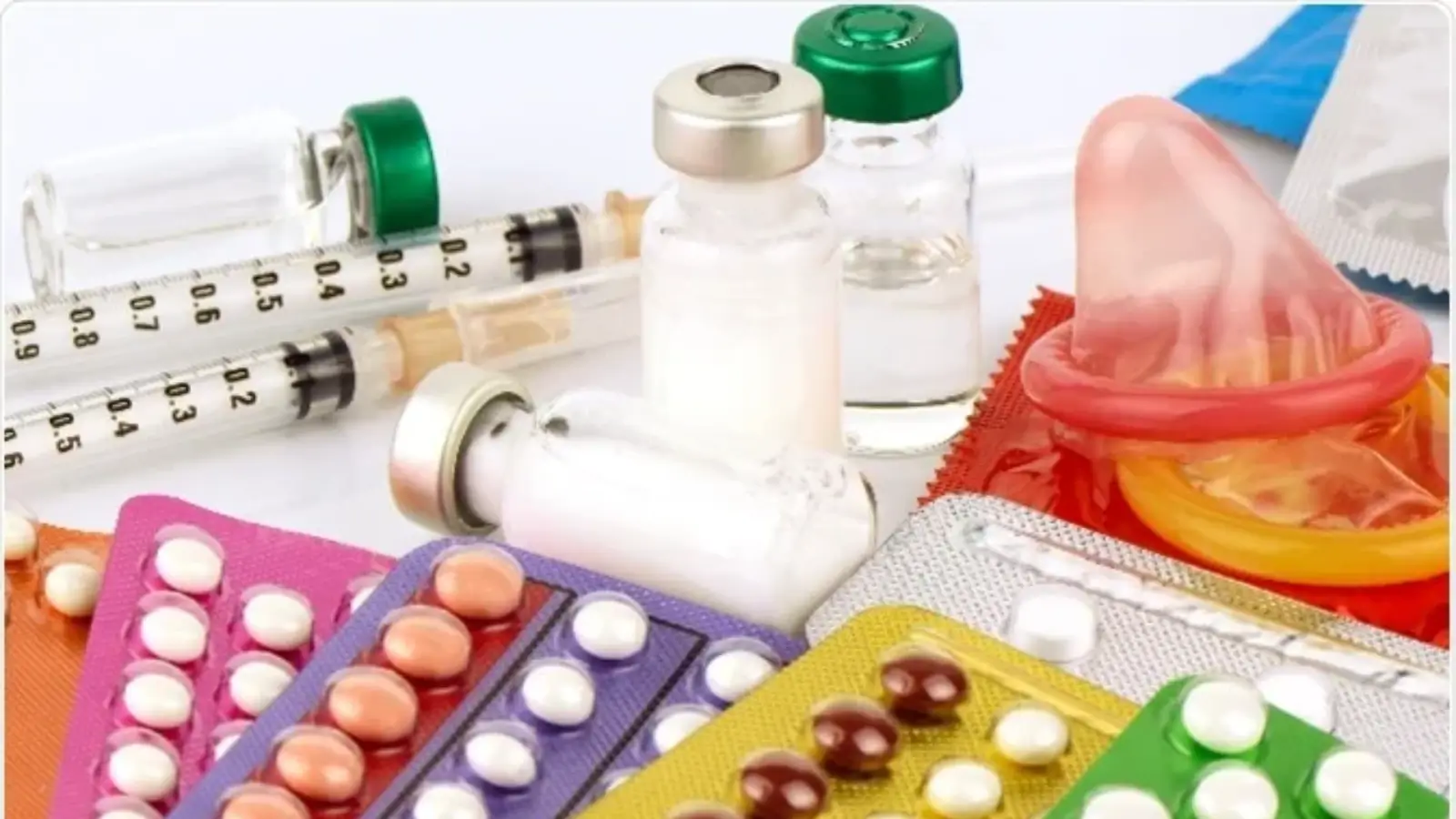
Ovulation plays a key role in the menstrual cycle, releasing an egg each month for potential fertilization. According to a study, hormonal contraceptives like implants suppress ovulation by inhibiting the luteinizing hormone (LH) surge, which is necessary for egg release. However, the extent of ovulation suppression varies depending on the method and hormone levels.
Nexplanon, a progestin-only birth control implant, primarily works by preventing ovulation. By continuously releasing etonogestrel, it thickens cervical mucus and alters the uterine lining, further reducing the chances of pregnancy. However, some users may still experience occasional ovulation while on the implant.
In this article, we will explore how Nexplanon affects ovulation, its mechanism of action, and what this means for menstrual cycles and pregnancy prevention.
Key Takeaways
- Nexplanon suppresses ovulation by releasing etonogestrel, a progestin that inhibits the luteinizing hormone (LH) surge necessary for egg release.
- Over 90% of users experience consistent ovulation suppression in the first two years, making it one of the most effective contraceptive methods available.
- Factors like extended use beyond three years, higher BMI, and certain medications can reduce effectiveness and potentially allow ovulation.
- Nexplanon and Depo-Provera are the most effective contraceptives for suppressing ovulation, while hormonal IUDs and oral contraceptives offer varying levels of suppression.
- Cramping and irregular bleeding may occur but do not necessarily indicate ovulation has resumed.
- Regular consultations help ensure optimal contraceptive protection, especially for users with concerns about effectiveness.
- Nexplanon begins working quickly but requires backup contraception if inserted outside the first five days of the menstrual cycle.
About: Doctor Medica is your trusted supplier of top-quality dermal fillers, viscosupplements, and more for your medical practice. We offer genuine products from leading brands at the lowest prices. If you’re interested in ordering Nexplanon online for your practice, our sales agents at Doctor Medica can help.
How Nexplanon Suppresses Ovulation
Nexplanon primarily prevents pregnancy by suppressing ovulation. It contains etonogestrel, a progestin hormone that interferes with normal ovulatory cycles. Here’s how it works:
- Prevents the LH Surge: The implant inhibits the release of luteinizing hormone (LH), preventing the ovary from releasing an egg.
- Continuous Progestin Release: A steady release of etonogestrel maintains hormonal levels that disrupt ovulation.
- High Effectiveness in the First Two Years: Clinical studies indicate that ovulation is suppressed in over 90% of users during the first two years of Nexplanon use.
Without ovulation, pregnancy is highly unlikely, making Nexplanon one of the most effective contraceptive options available.
Circumstances Where Ovulation May Still Occur

Although Nexplanon is designed to suppress ovulation, certain factors may reduce its effectiveness, leading to sporadic ovulation in rare cases:
- Extended Use Beyond Three Years: Nexplanon is FDA-approved for three years, but its effectiveness may decline over time, potentially allowing ovulation.
- Higher BMI and Metabolic Variations: Women with a higher body mass index (BMI) may metabolize etonogestrel more quickly, leading to lower hormonal levels and an increased chance of ovulation.
- Drug Interactions: Certain medications, including enzyme inducers like rifampin, St. John’s Wort, and some anti-seizure drugs, can lower Nexplanon’s hormone levels, increasing the risk of ovulation.
For users concerned about Nexplanon’s long-term efficacy, regular consultations with a healthcare provider can help determine whether to continue using it or switch to an alternative contraceptive.
Comparing Ovulation Suppression with Other Contraceptives

Different hormonal birth control methods suppress ovulation to varying degrees. Nexplanon is highly effective, but how does it compare to other options?
| Contraceptive Method | Ovulation Suppression | Key Consideration |
| Hormonal IUDs (e.g., Mirena, Kyleena) | Inconsistent | Primarily thickens cervical mucus and alters the uterine lining. Some users may still ovulate. |
| Oral Contraceptives (Birth Control Pills) | Consistent (if taken correctly) | Requires strict daily adherence; missed doses increase the risk of breakthrough ovulation. |
| Injectable Contraceptives (e.g., Depo-Provera) | Reliable | Effectively suppresses ovulation but may cause a delayed return to fertility after discontinuation. |
If ovulation suppression is a priority, Nexplanon and Depo-Provera offer the most reliable options. However, for those looking for a non-hormonal or ovulation-permitting method, an IUD may be a better choice.
Why Some Users Experience Ovulation-Like Symptoms
Some users report symptoms such as cramping, mid-cycle discomfort, or irregular bleeding while on Nexplanon. These symptoms can sometimes be mistaken for ovulation, but they don’t necessarily indicate that ovulation has resumed.
- Breakthrough Follicular Activity: While full ovulation is uncommon, some users may experience follicular activity without the actual release of an egg.
- Hormonal Fluctuations: Progestin levels can fluctuate slightly, leading to mild cramping or breast tenderness that mimics ovulation symptoms.
- Bleeding Irregularities: Spotting or irregular bleeding is common with progestin-based contraceptives and does not necessarily mean ovulation has resumed.
For those wondering when Nexplanon starts working, the implant begins suppressing ovulation soon after insertion, but backup contraception may be needed if it is inserted outside the first five days of the menstrual cycle.
Conclusion
Nexplanon effectively prevents ovulation in most users by continuously releasing progestin. However, factors such as extended use beyond three years, higher BMI, or medication interactions can affect its ability to suppress ovulation. While some users may experience ovulation-like symptoms, this does not necessarily mean ovulation is occurring.
For those considering Nexplanon, consulting a healthcare provider can help assess individual factors and ensure optimal contraceptive protection and peace of mind.
FAQs
1. Can you ovulate while on Nexplanon?
Ovulation is rare while using Nexplanon because the implant suppresses the LH surge necessary for egg release. However, sporadic ovulation may occur in certain cases, such as prolonged use beyond three years or interactions with specific medications.
2. Does Nexplanon stop ovulation immediately?
Nexplanon starts preventing ovulation soon after insertion. If inserted within the first five days of the menstrual cycle, it works immediately. If inserted later, backup contraception is needed for seven days.
3. What happens if you ovulate on Nexplanon?
If ovulation occurs while using Nexplanon, the implant still provides protection by thickening cervical mucus and altering the uterine lining, making fertilization and implantation difficult. However, the risk of pregnancy slightly increases.
4. Does irregular bleeding mean you’re ovulating on Nexplanon?
No, irregular bleeding is a common side effect of progestin-based contraceptives and does not indicate ovulation. Many users experience spotting or changes in bleeding patterns while on Nexplanon.
References
FSRH Guideline (February 2021) Progestogen-only implant. BMJ Sexual & Reproductive Health. 2021;47(Suppl 1):1-62. doi:10.1136/bmjsrh-2021-chc
DeMaria AL, Sundstrom B, Meier S, Wiseley A. The myth of menstruation: how menstrual regulation and suppression impact contraceptive choice. BMC Women S Health. 2019;19(1). doi:10.1186/s12905-019-0827-x
Related Articles
Joanna Carr
Radiesse vs Juvederm – Comparing Dermal Fillers
Radiesse and Juvederm use different materials to smooth wrinkles. Read more on Doctor Medica.
Joanna Carr
BMI for Ozempic – When Best to Use It?
Learn the BMI requirements for Ozempic eligibility and when it's best used for weight loss or diabetes management. Discover how BMI thresholds guide t...
Joanna Carr
Evenity and Prolia – How They Work Differently
Discover how Evenity and Prolia differ in treating osteoporosis, including their mechanisms, benefits, and the role of sequential therapy in fracture ...


